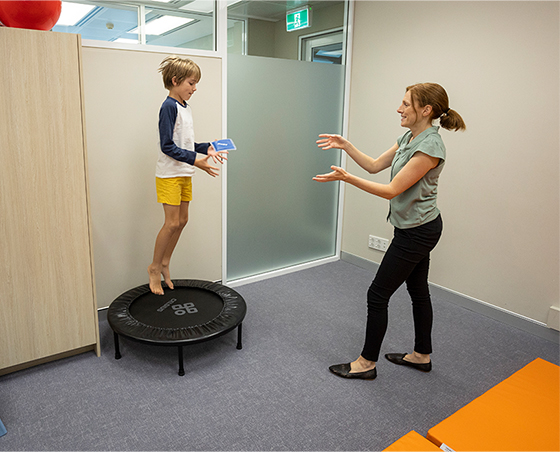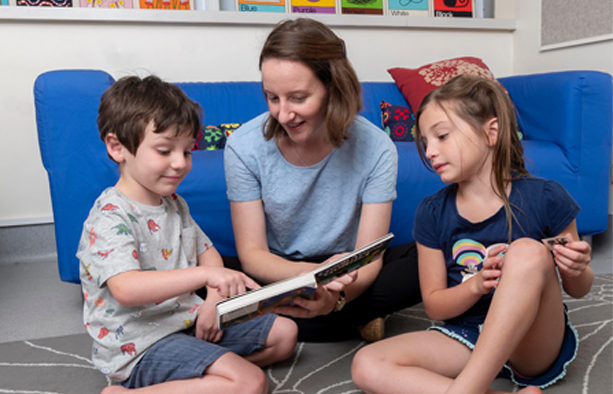Search





Find out more about CliniKids' new program which boosts early language skills through book sharing.

Developmental Coordination Disorder (DCD) is a neurodevelopmental condition that affects a child’s ability to learn and carry out everyday motor skills. An early and accurate assessment helps families and schools understand a child’s unique needs.

At CliniKids, we offer group or individual support for siblings of autistic children.
Our researchers have published many papers in world-leading paediatric autism and developmental delay journals. Browse their most recently published work here.

News & Events
Developing a pencil graspIn this blog, Senior Occupational Therapist Gayle Hillen explores the steps to developing a functional pencil grasp.

News & Events
Looking at autism through a social modelIn this blog, Speech Pathologist Linda Arabi discusses the social model and how it influences the supports we provide to autistic children and their families.
